How is Pálinka Made?
Making pálinka has become an art with many residents making it at home and drinking it as a way to begin or end a meal. However, the process for making commercial pálinka is done by Master Distillers who understand the nuances of making the best quality fruit spirit.
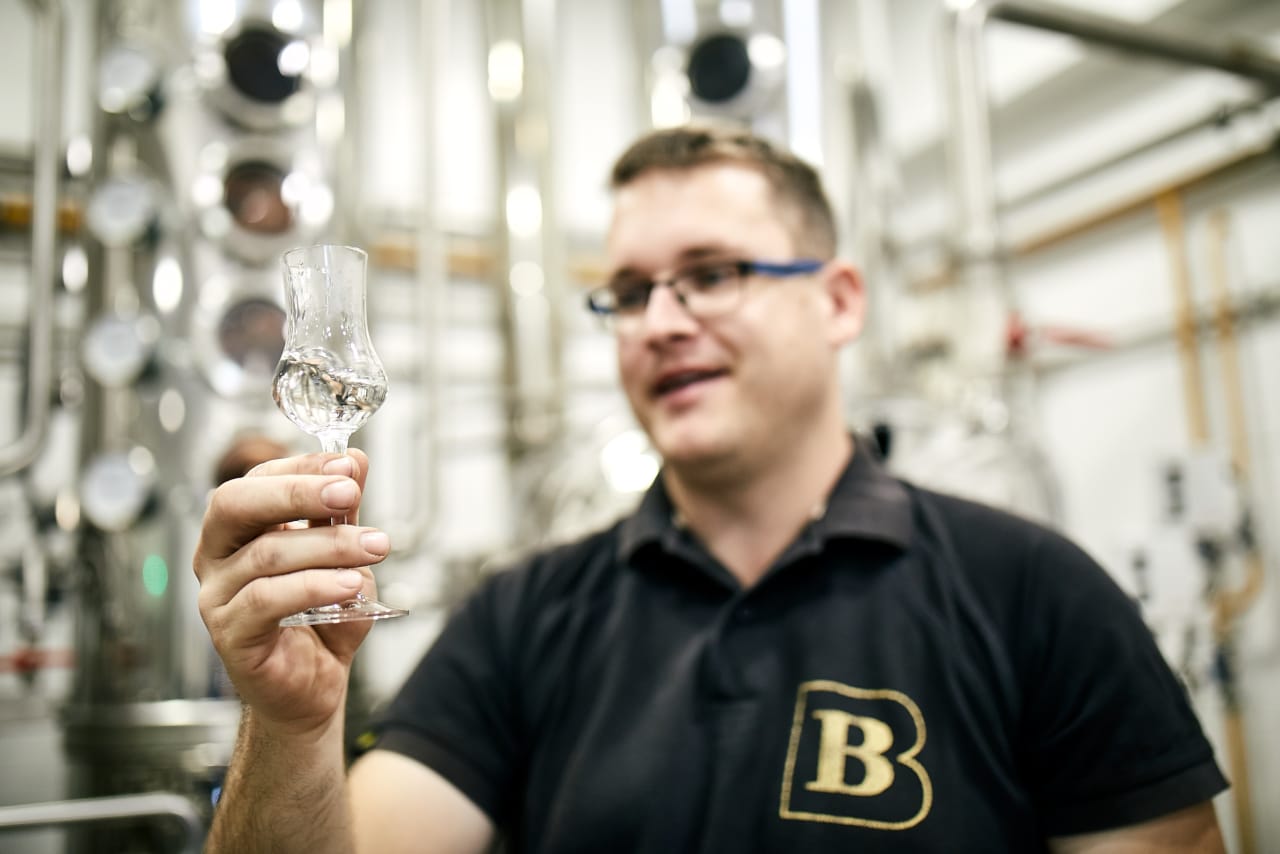
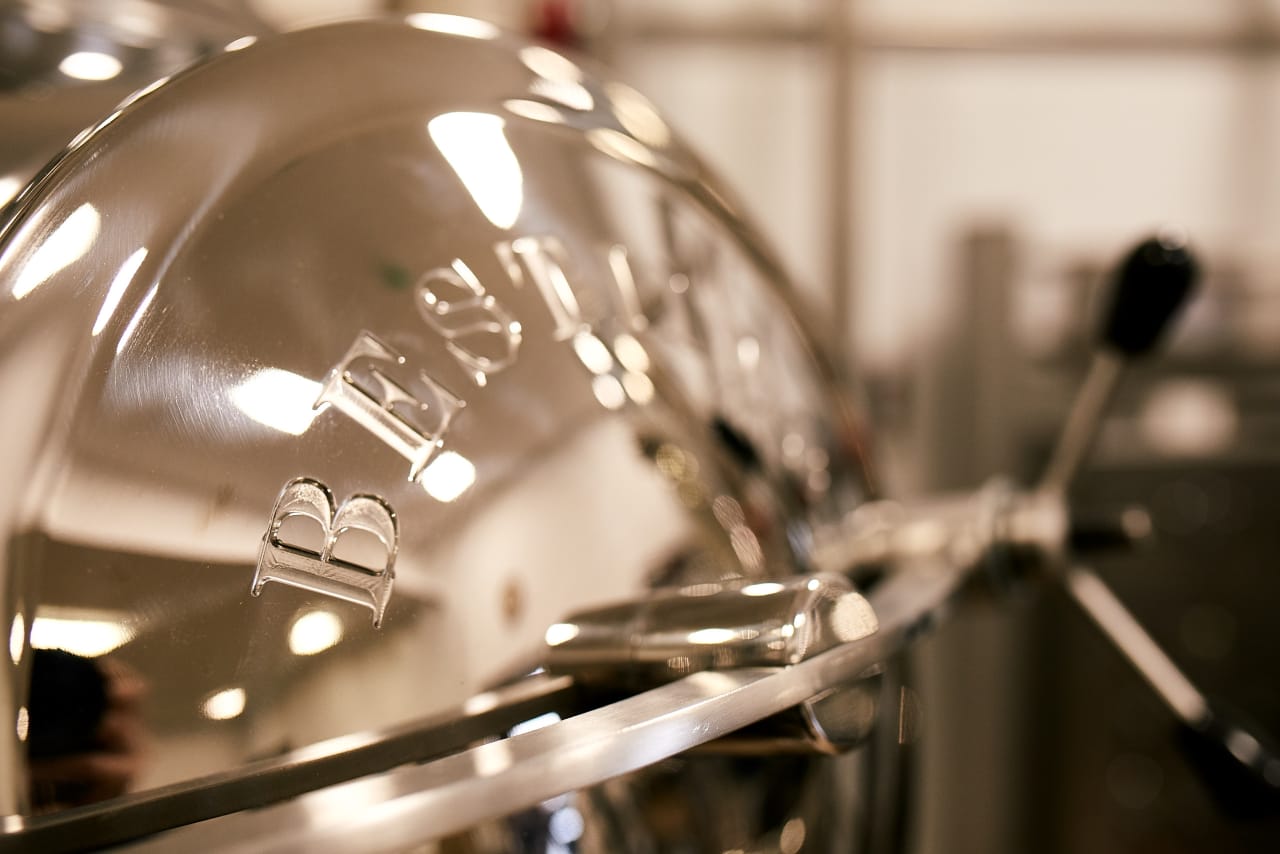
Bear in mind, true pálinka only comes from Hungary and is made only with fruits native to - and harvested in - Hungary. In the past, pálinka was made with fruit that was not eaten at the end of the growing season. Today, distilleries use only properly ripe and essentially flawless fruits, which are the richest in aroma.
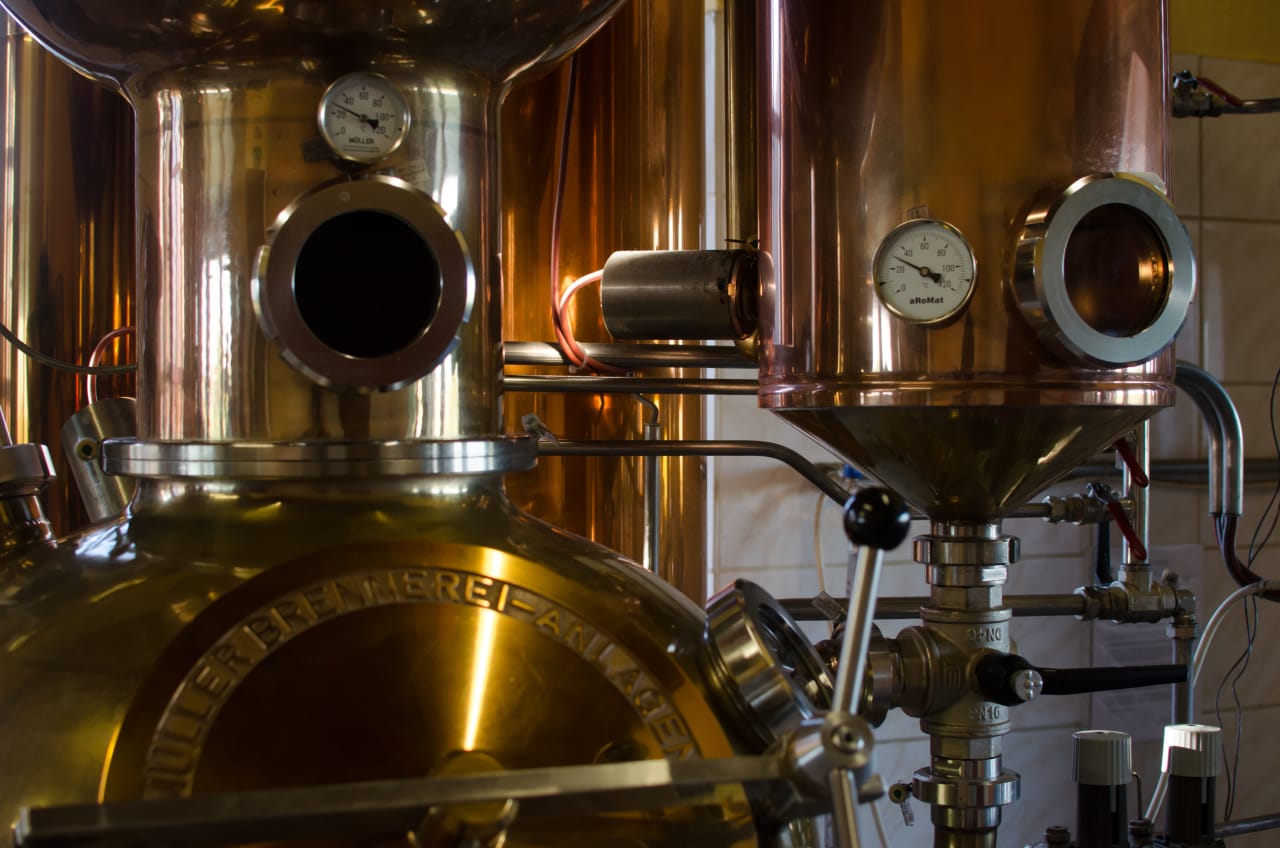
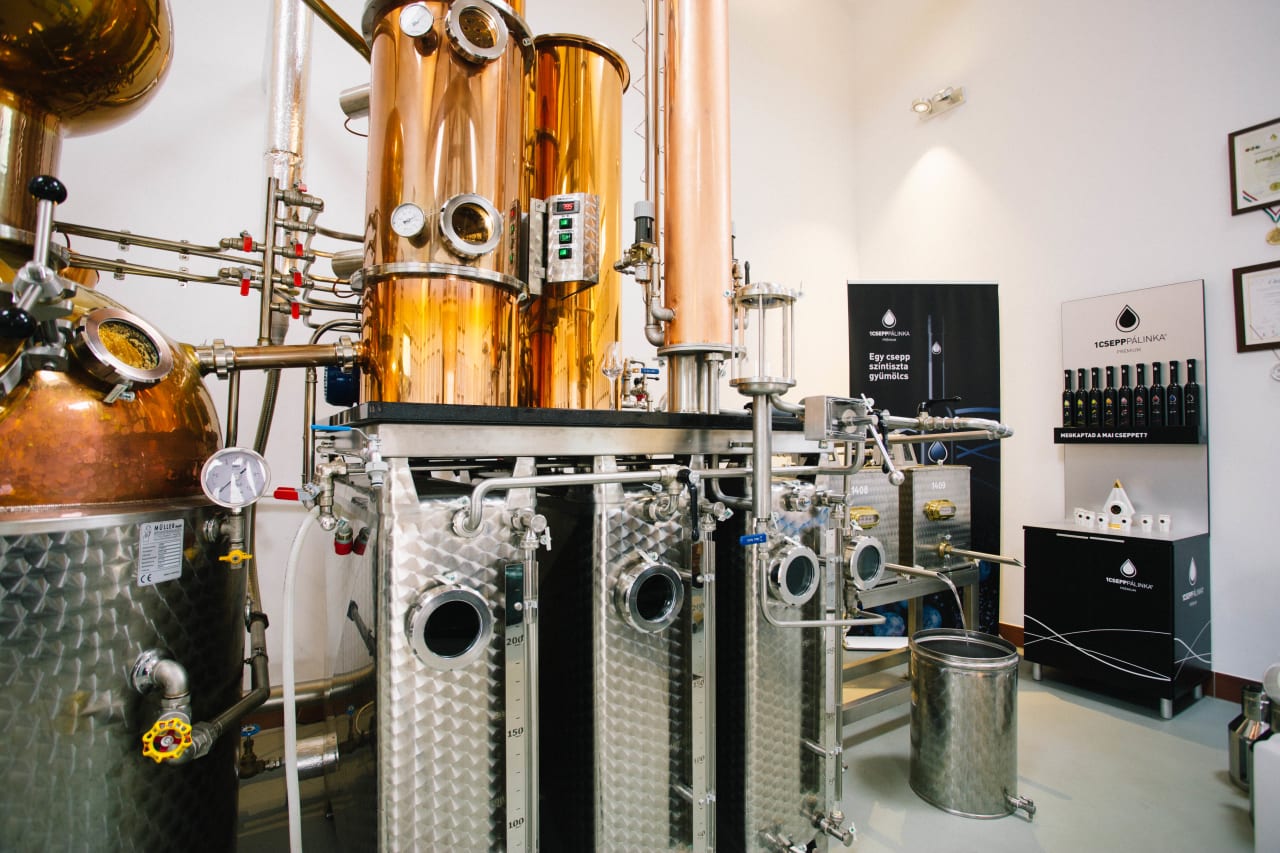
Step 1: The right fruit needs to be selected. Fruits used typically include apricots, pears, plums, sour cherries, apples, mulberries, quince. Once the fruit is selected, it needs to be cleaned and prepared. The pits or stones are removed from stone fruits (e.g. plums, apricots) to prevent cyanide which is contained in these seeds from ending up in the distillate.
Step 2: After the fruit is processed, fermentation begins—without the addition of sugar. True pálinka has no extra sugar, additives or other ingredients. Fermenting the fruit mash at the correct temperature is very important as well. Typically, fermentation takes approximately 10-15 days. After this, secondary fermentation takes place that converts the remaining sugar into alcohol. The condition and quality of the mash before the distillation process will determine the quality of the final product 90% of the time.
Step 3: The distillation process is where the essence of the fruit aroma and the alcohol is being captured, while producing a high alcohol level. The distillation process of pálinka is more complicated than most other liquors.

Traditional Small Pot distillation. This is a double distillation and an ancient method. In this method, a maximum of 1000 liters is distilled in a copper cauldron. Distillers first cook the mash and extract the alcohol from it. The steam is cooled so that the resulting alcoholic liquid is refined by re-distillation in the second step.
Column Still distillation Method. This is a more modern method and has only existed since the mid 1850’s. In this case the cooking and refining takes place in one step.
Small-pot provides deep, “jamy” aromas and a long after-taste. The Column Still technology, on the other hand, results is a more pungent aroma, typical of fresh, ripe fruit and a shorter but intense aftertaste.
First, the pre-distillate separates the volatile substances and smells in the mash that could spoil the batch.
The middle distillate is the actual pálinka and has a 70-80 % ABV level. Master Distillers sometimes temper this with distilled water in order to achieve the right level of alcohol for the final product.
The last fraction of the distillation is the after—distillate. This is typically heavy and smelly with fusel alcohol and is normally thrown away.
Step 4: The maturation or aging process. After the entire process is completed pálinka is still not ready to be sold. Maturation takes place at high alcohol levels in stainless steel containers. This takes a minimum of 6 months with periods of aeration. When that’s completed, the Master Distiller will start the step by step dilution process using deionized water. This will bring pálinka to the exact desired alcohol level. When completed pálinka will be cooled for 48 hours to 0-5C degrees (32F – 41F) to prepare the liquor for the final micro-filtration.
Typically, pálinka is not aged in wooden barrels. However, it can be. It can also be aged on a fruit bedding. If so, the bedding is usually – but not always - the same fruit that was used for the pálinka. Ageing pálinka on fruit bedding releases additional fruit flavor and sugar from the bedding, which won’t ferment anymore, and makes the pálinka sweeter.
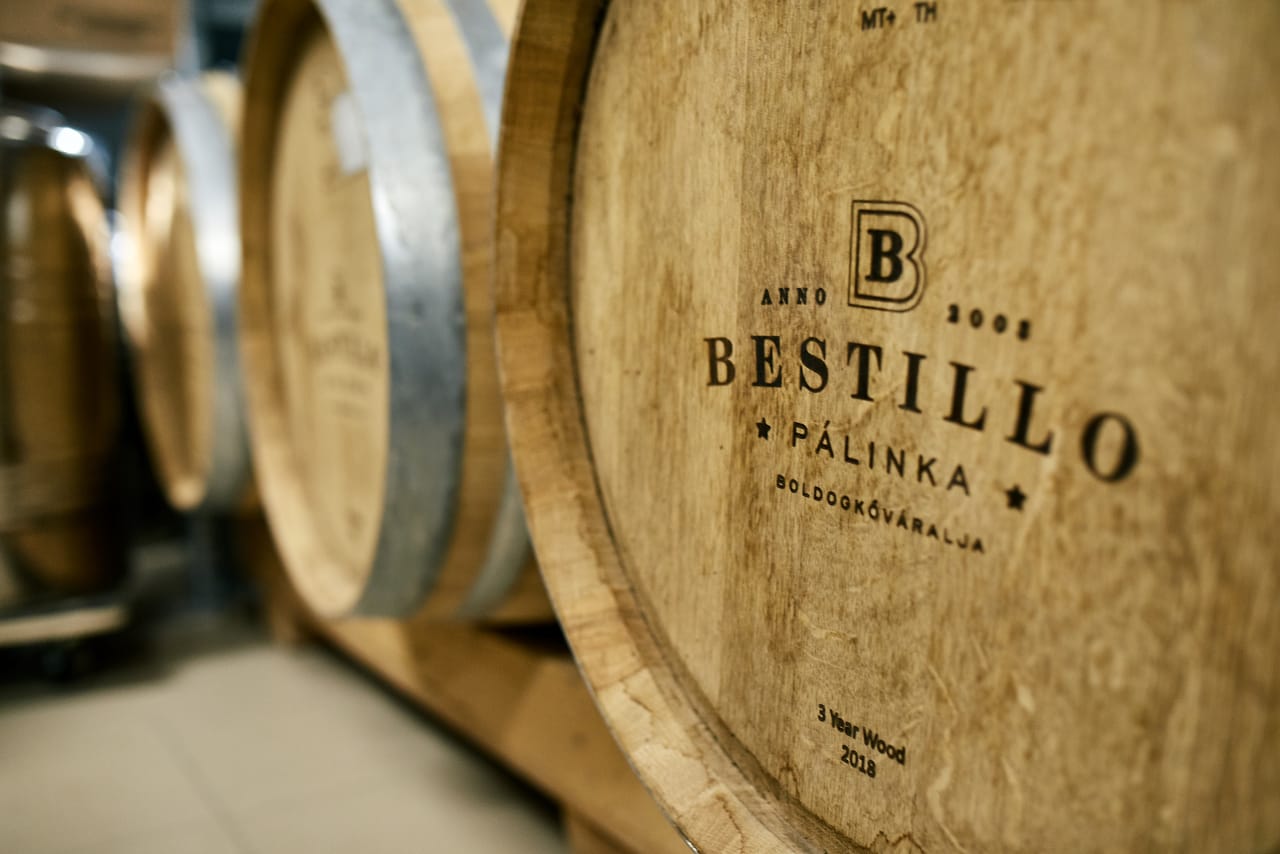
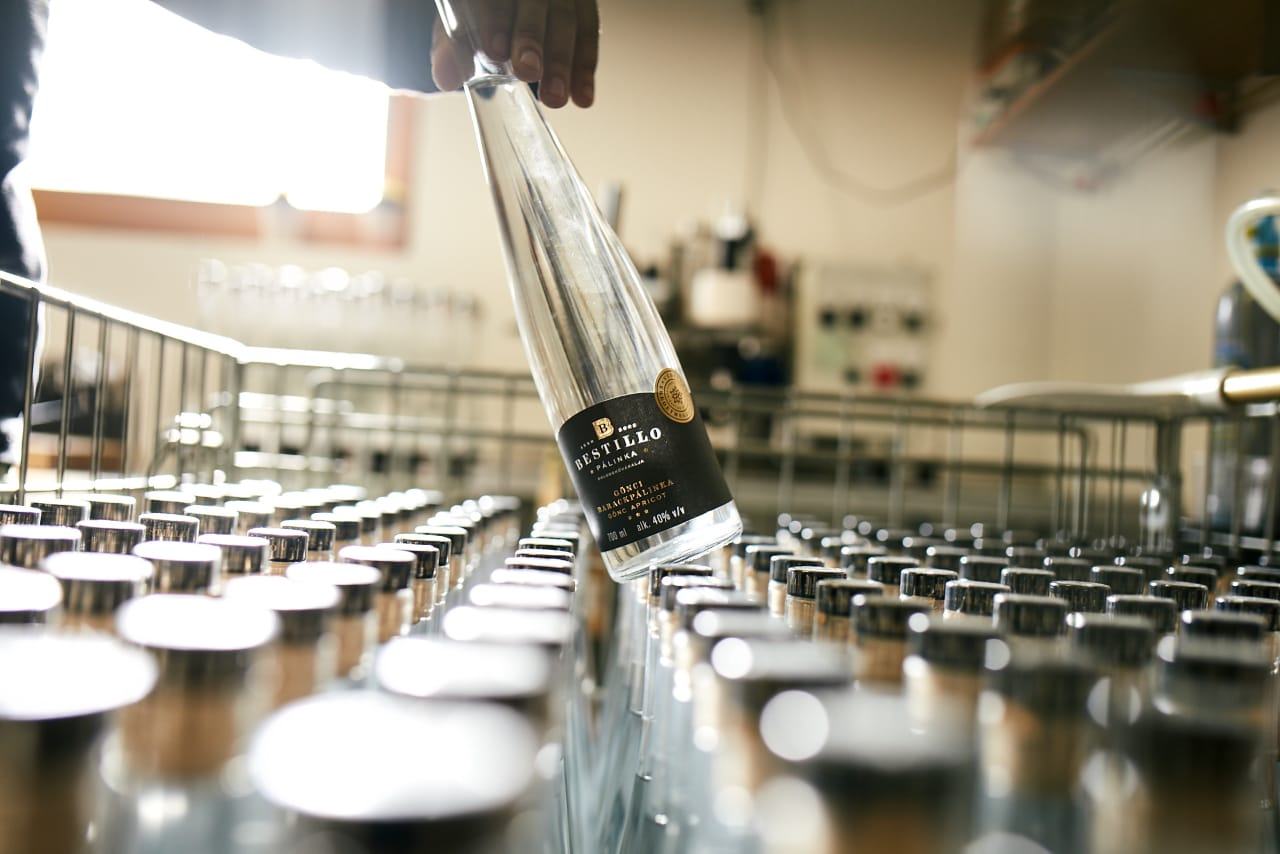
Ageing pálinka in a wooden barrel adds extra flavor and color to the drink as well due to the structure of the wood “breathing” or oxidation. This oxidation softens and smooths the pálinka, making it silkier and softer to drink. Pálinka can be aged in steel tanks as well. Regardless, it should always be stirred during the maturation or ageing process so that the drink is as consistent possible.
For aging in wooden barrels, various woods are used in Hungary in order to create a range of flavors. For example, oak gives a strong, tannic taste, and a deep golden color to pálinka. A chestnut wooden barrel will give a fine tinted color and somewhat smoky character. An acacia wood barrel will result in a greenish-yellow color and a slightly bitter nose.